An estate sale prompts insight into coping with chronic illness
I'm grateful for the coping mechanisms I use to deal with hemophilia
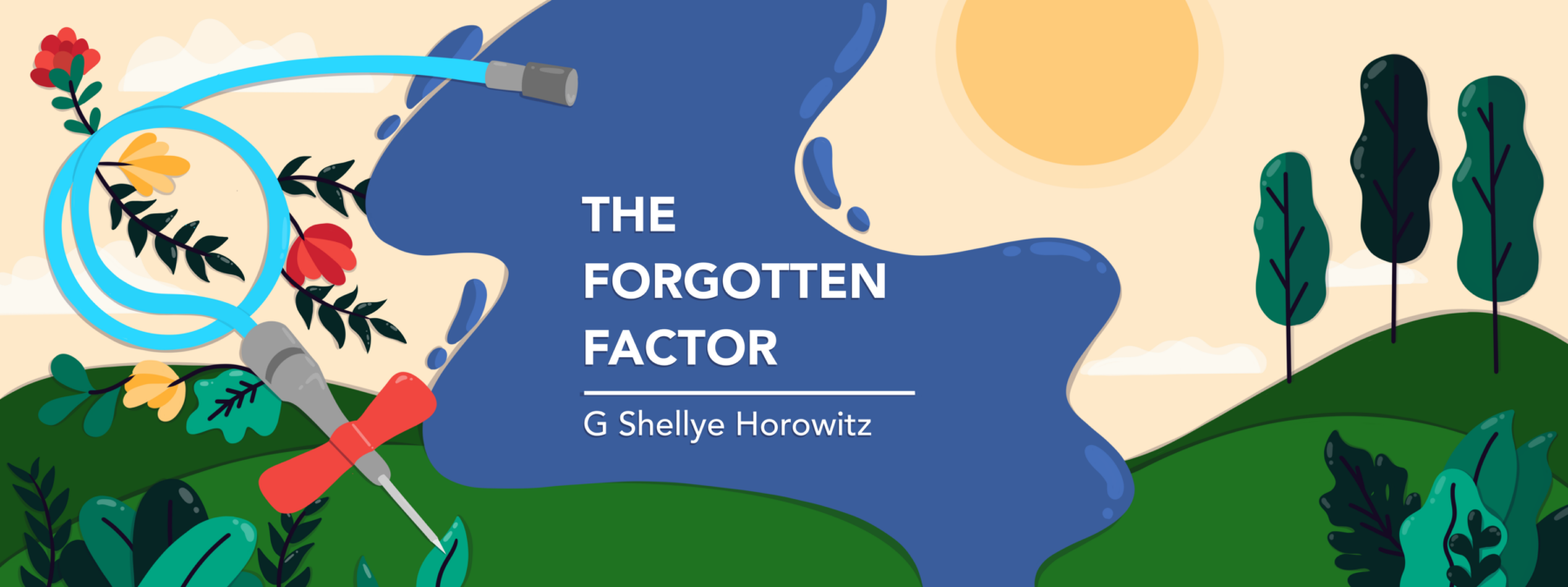
“Huge Estate Sale: Hoarder House!” the advertisement said, offering 4,000 square feet of floor-to-ceiling treasures. The former occupant was a retired psychology professor named Bill who reportedly let no one into his home. When he died, his relatives entered his home for the first time. Forcing the front door open, they were shocked by their discovery.
Today was my fourth time visiting the home. Multiple estate sales are clearing the space of Bill’s treasures. The first time I went, I was overwhelmed by the massive number of items: hundreds of clocks, cameras, vases, figures, books, and art — oh, the art! There were thousands of lithographs, from the 1700s to the modern day, all cataloged. Bill had purchased lots of art from Austria, Germany, and France. The framed pieces were still boxed up and never opened.
So what drove Bill to hoard all of this? The thrill of the purchase? The arrival of a package? A desire to rescue art?
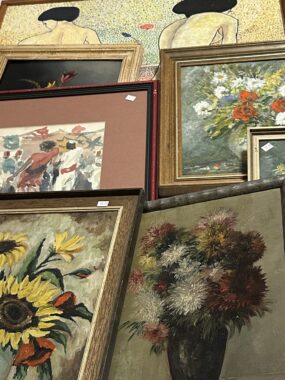
Some of the paintings that Bill stored in his home. (Courtesy of G Shellye Horowitz)
I bought 20 paintings that are conversation pieces. As I think about Bill, a highly accomplished and well-respected professor and researcher, I’m reminded how easy it is for us to lose our balance. I suspect the collecting started off innocently but eventually crossed a line and grew out of control. One thing that can motivate hoarders is the comfort brought by the objects.
The stress of chronic disorders
When living with chronic disorders like hemophilia, we’re subject to psychological stress. Coping requires balance and support. I struggle most when I think I’m not being heard by medical professionals. Managing anxiety, depression, and medical trauma is challenging.
I used to ride a recumbent bicycle 90 minutes a day, at least five days a week, because I needed an outlet for my frustration. Cycling was a fantastic way to release stress, and it was a safe exercise for someone with hemophilia. Riding over 100 miles a week, my anxiety levels dropped, yet my isolation grew. Ninety minutes of nightly exercise meant less time with friends and family.
Eventually, I expanded to group activities like dancing, which allowed me to create and nurture relationships while doing something that makes my heart sing.
As I struggled to obtain a diagnosis and faced mobility setbacks, I threw myself into new hobbies when exercise wasn’t an option. I learned to knit, and geocaching brought me outdoors and closer to nature, where I could search for geocaches in places that didn’t require a lot of walking. I also sang in a choir. I immersed myself in each new hobby, as distraction offered an escape and boosted my mental health.
Many in our community struggle with addiction, which can start with pain medications. These often are needed after a lifetime of coping with the repercussions of joint and muscle bleeds. The lasting damage is brutal on joints. The stress and pain of living with a bleeding disorder leads some to turn to substances to escape. Thankfully, our community has worked hard to advocate for greater addiction support.
Keeping coping mechanisms in balance
The coping mechanisms I’ve used come in seasons. New challenges bring new coping strategies. I don’t get out of balance because I like learning new things, which allows me to stay steady. I become skilled enough to show potential, but rarely progress to proficiency. I’m a jack-of-all-trades, master of none.
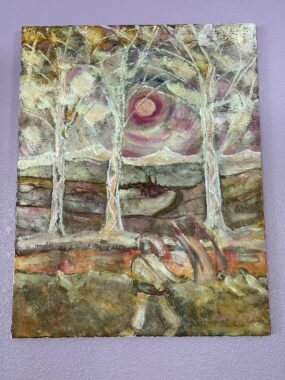
One of the conversation pieces I bought from Bill’s collection. (Courtesy of G Shellye Horowitz)
Bill’s coping mechanisms appear to have been out of balance. I think about him often as I enjoy his art in my home. He was a man I never knew who became somewhat of a local celebrity upon his death. Now scores of people share a piece of his legacy, displaying small portions of his collection and the story of visiting his home. I imagine he never expected such notoriety.
I feel a sense of compassion. I’m grateful for the opportunity to appreciate and display the art he collected, which he couldn’t do. His struggles brought the gift of art to homes throughout our region. Perhaps if Bill knew what a gift his art collection would become to the community, he might’ve reached out for the support he deserved.
I have immense gratitude for the balanced coping mechanisms I use. I couldn’t make it without the support of the hemophilia community, which reminds me that I’m not alone. Unity on this journey brings incredible healing and strength.
Note: Hemophilia News Today is strictly a news and information website about the disease. It does not provide medical advice, diagnosis, or treatment. This content is not intended to be a substitute for professional medical advice, diagnosis, or treatment. Always seek the advice of your physician or another qualified health provider with any questions you may have regarding a medical condition. Never disregard professional medical advice or delay in seeking it because of something you have read on this website. The opinions expressed in this column are not those of Hemophilia News Today or its parent company, Bionews, and are intended to spark discussion about issues pertaining to hemophilia.





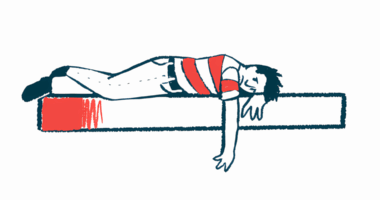

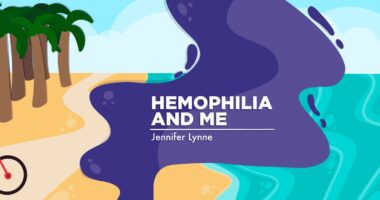
Leave a comment
Fill in the required fields to post. Your email address will not be published.